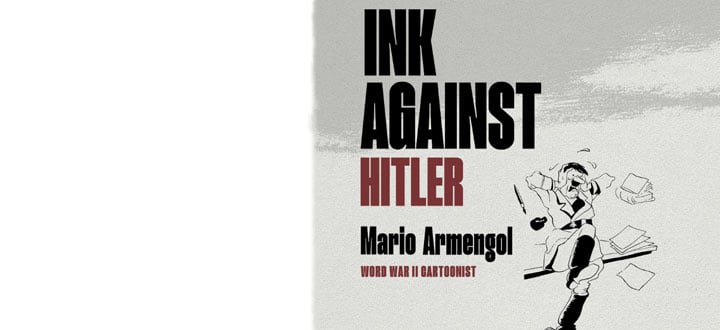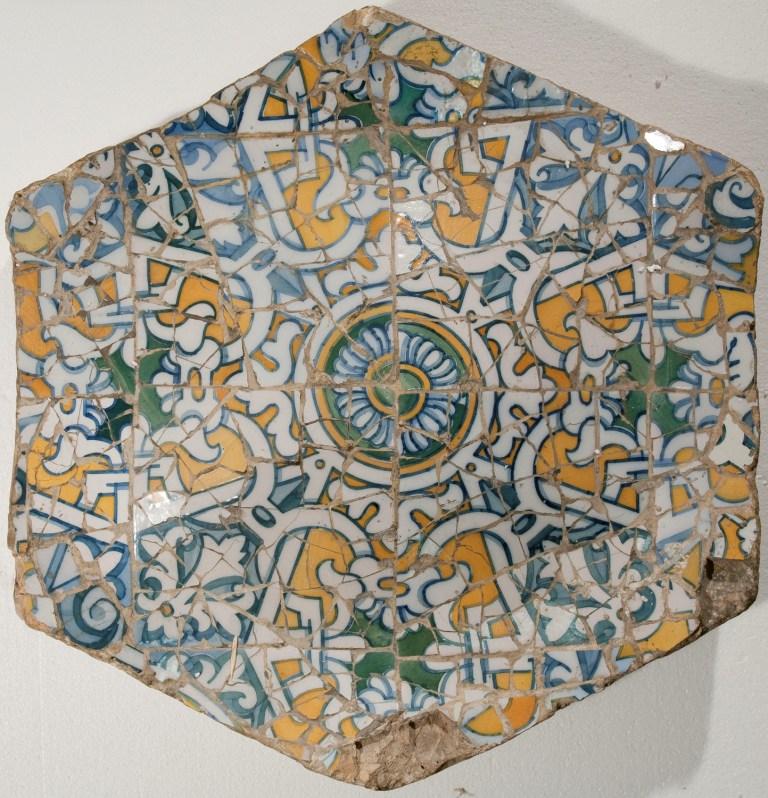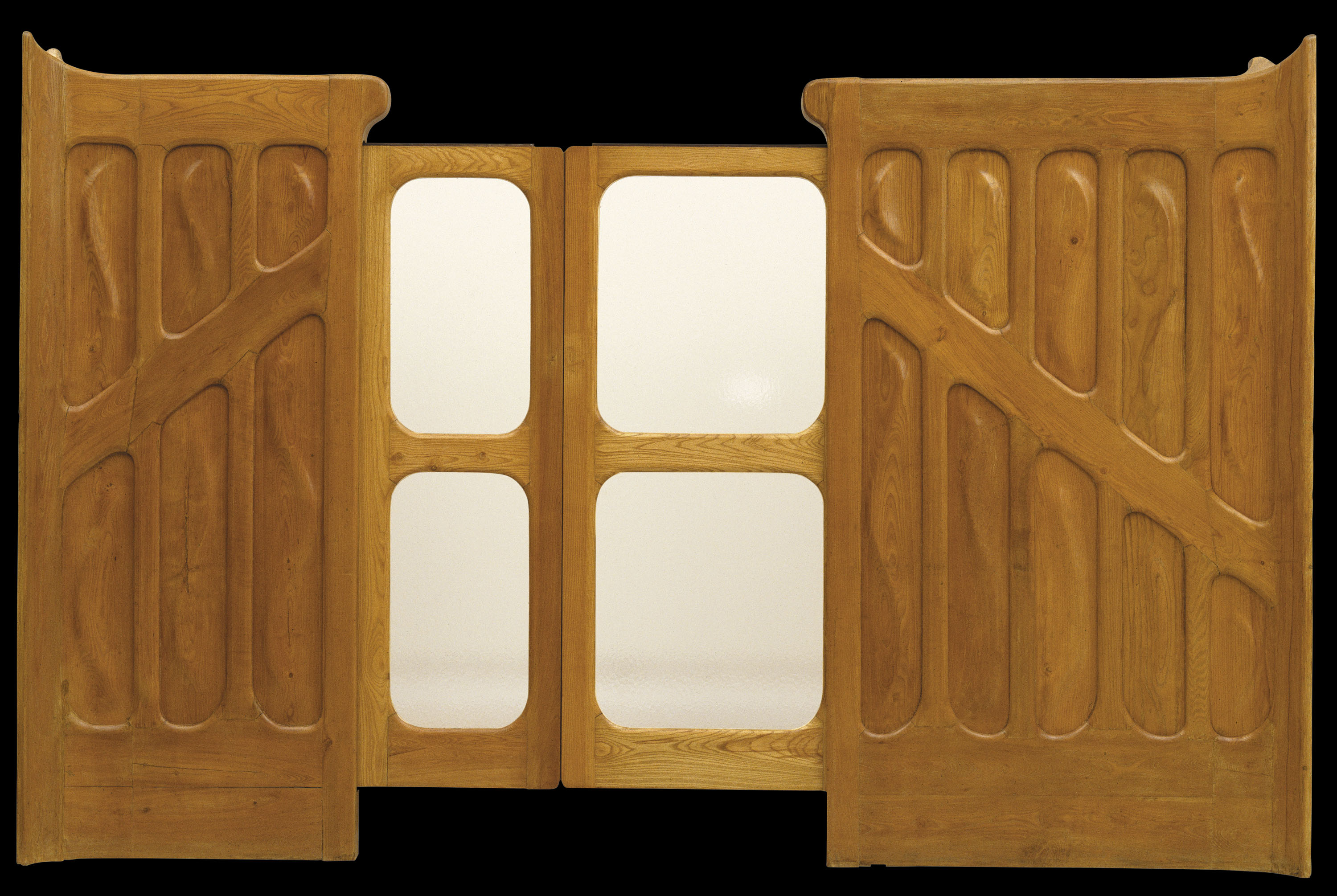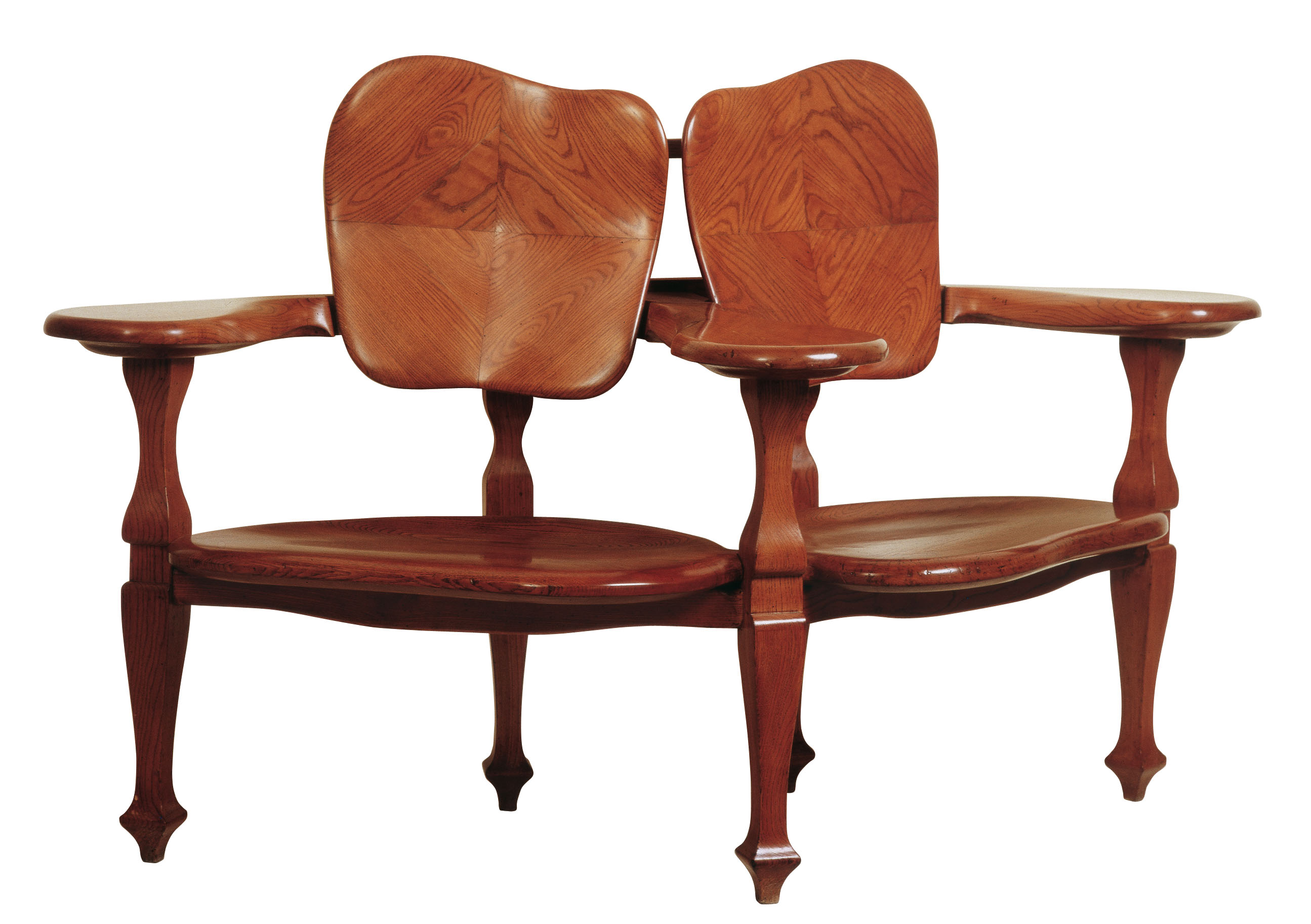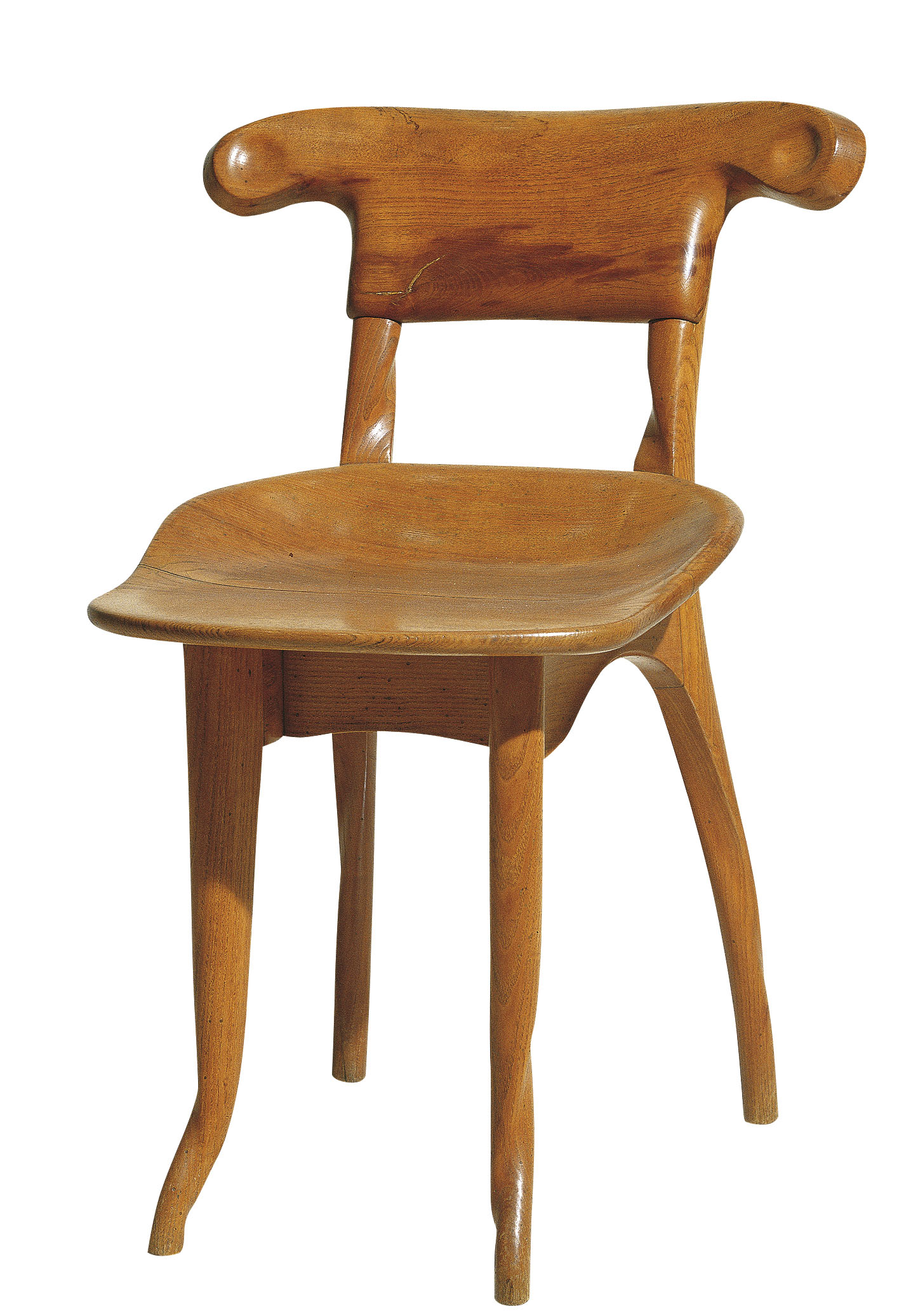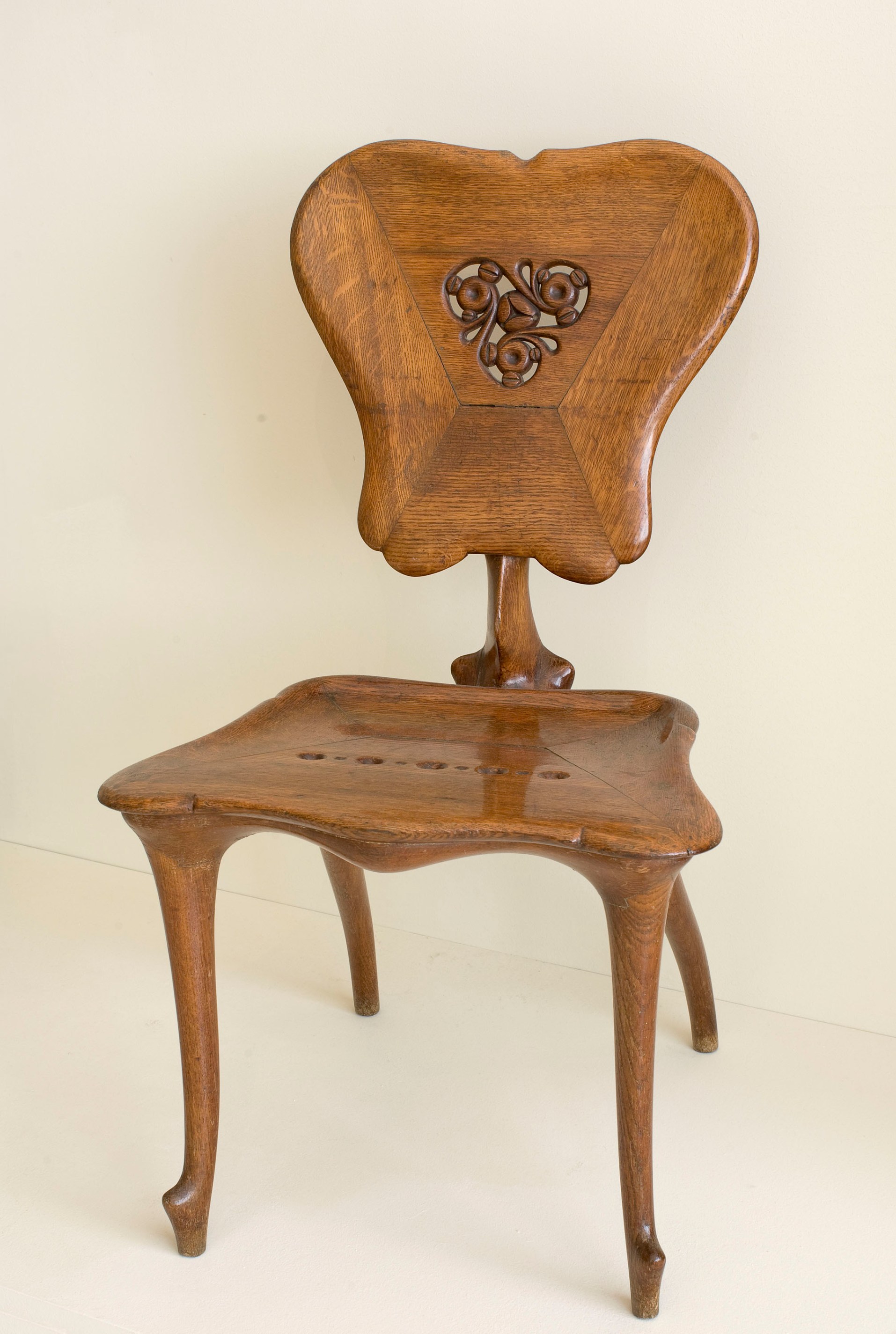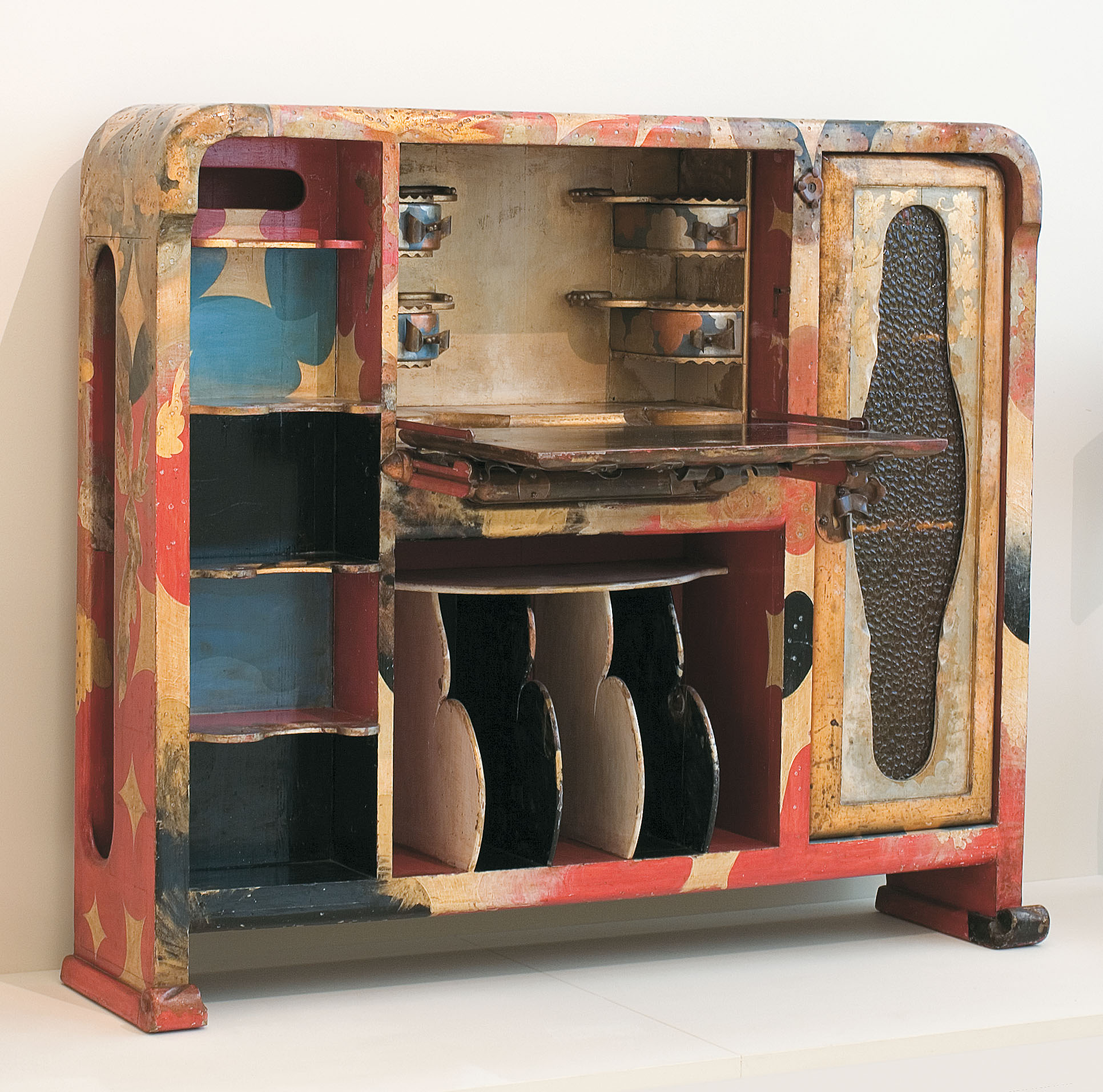II. Modernism(s)
II. Modernism(s)
Gaudí is Modernism’s best-known name and is by far its most outstanding figure. But instead of looking on him as an isolated genius, as has so often happened, we ought to place him in the rich context of Barcelona at the turn of the century. His work did not arise from his solitary imagination, but took the aspirations that characterise Modernisme to the most radical extreme, in particular those of its architecture: to achieve the synthesis of the arts and crafts, of art and life, under the leadership of the architect. In spite of everything, and in view of his radicalism, Gaudí had few pupils. Jujol, who worked with Gaudí from about 1906, was the only person capable of preserving the master’s tension in his work, using an approach that eventually converged with the techniques of the avant-gardes: collage, assemblage, etc.
II.14. 'Modernistes' in Paris
II.15. 'Modernistes' in Barcelona
II.16. The painter of modern life
II.17. The ‘Modernista’ home
II.18. Antoni Gaudí and Josep Maria Jujol
II.19. Conservative ‘Modernismes’
II.20. Symbolisms 1
II.21. Bohemia, miserabilism and black painting
II.22. Symbolisms 2



